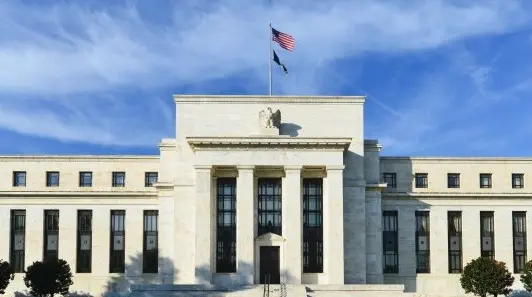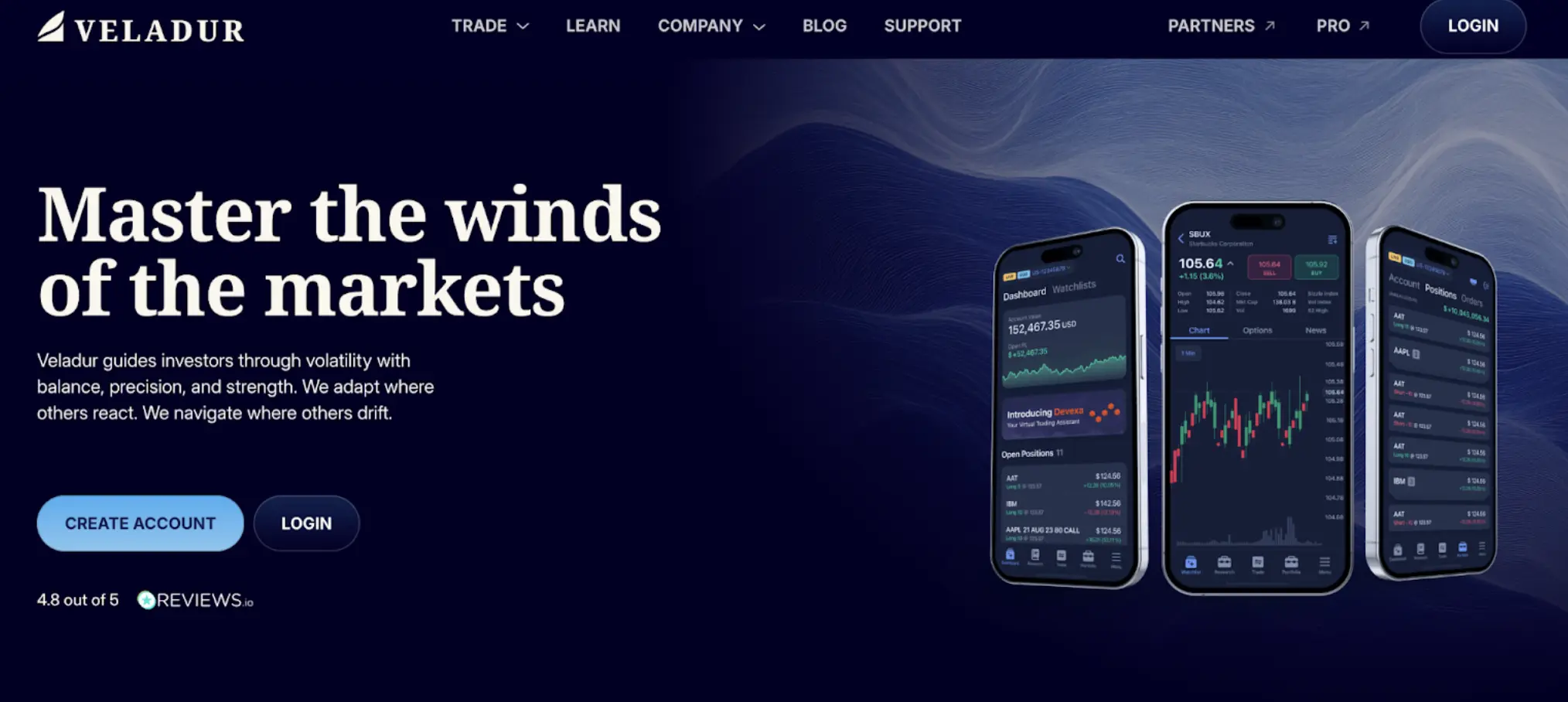Summary: US small caps have since 2006 traded at an average valuation premium of around 35% to the S&P 500 but recently since premium has completely disappeared and small caps are now historically cheap relative to large cap stocks. The question is therefore naturally whether investors should look at small caps despite a challenging environment for equities as interest rates continue to go higher. We take a look at the different arguments for and against US small caps despite their apparent attractiveness.
Small caps have mostly traded at a premium
The pandemic and the subsequent interest rate shock have caused two seismic shifts in the relative equity valuation between US small caps (Russell 2000 Index) and large caps (S&P 500 Index). During the pandemic small caps rose to three standard deviation premium relative to the historical relationship in relative valuation. Subsequently as society came out of the pandemic and the last year’s interest rate shock the relative valuation has collapsed to historical lows. If history since 2006 is a strong gravitational force in the relative valuation US small caps indeed look cheap.
Most of the assessment that the long tail of US publicly listed companies is cheap hinges on the relative argument. In absolute terms US small caps have now the same EV/EBITDA multiple as large cap stocks and historically small caps have traded at a 35% premium to S&P 500 since 2006. The justification for a small cap valuation premium could be placed on the small cap risk premium (stating that small caps outperform large caps over time), but more recent evidence is putting doubt on this so called effect. If small caps provided higher growth rates it could be justified, but if the post pandemic period is removed from the data small caps are not growing operating income (EBITDA) faster than S&P 500. So why pay a premium for the same growth, less liquidity and more volatility?
One argument is that small caps are more dominated by retail investors that are not engaged in deep thinking over risk premium, growth rates and valuation, but merely taps into this universe because of its many interesting companies and maybe the old time narrative about small beats large. The argument for buying small caps rests mostly on small caps growing faster than large caps or that the historical valuation premium will be restored. One major risk in small caps is that smaller companies tend to do worse during economic slowdowns or outright recessions.




Source: https://www.home.saxo/content/articles/equities/us-small-caps-are-historically-cheap-relative-to-large-caps-19102022
















































































